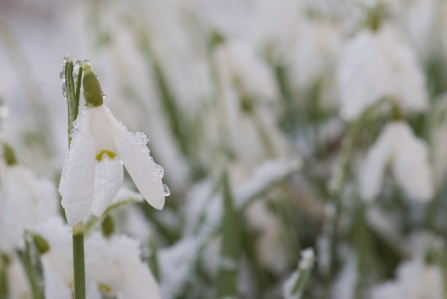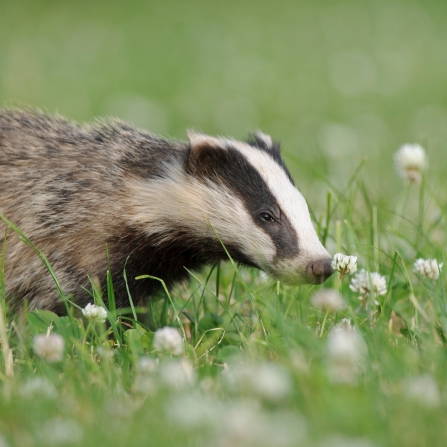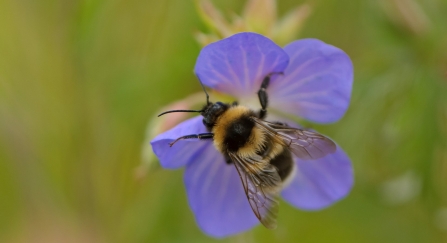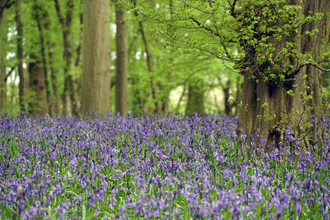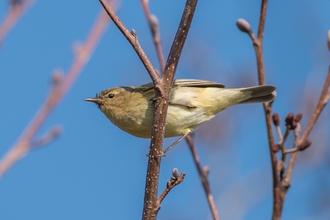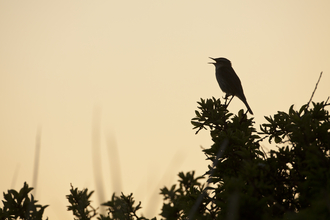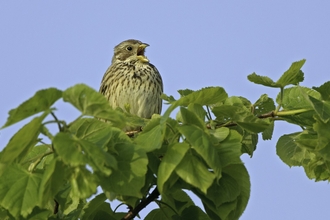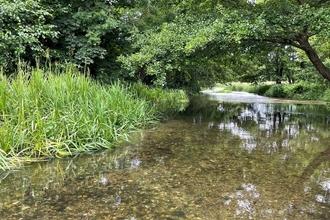By Rebecca Gibson, Herts & Middlesex Wildlife Trust Volunteer
Leading the way into spring is the snowdrop, a pretty white flower with three inner petals called tepals that hang from its green stem. Its Latin name Galanthus nivalis translates as “milk flower of the snow”. In recent years, the snowdrop has become an indicator of a changing climate.


